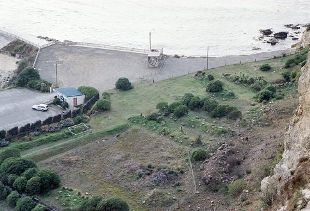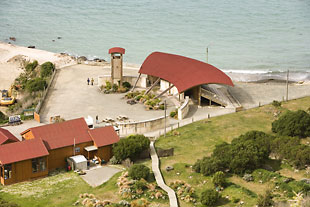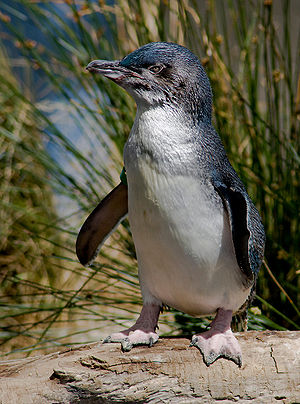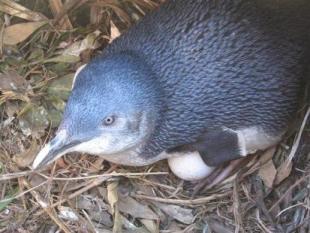From: https://www.penguins.co.nz/ …… an AWESOME website !!
A three hour drive south of Christchurch International Airport and 1½ hours North of Dunedin, the Oamaru Blue Penguin Colony is a natural place to stop for a break.
Situated just 5 Minutes from the centre of town, the Oamaru Blue Penguin Colony is one of the easiest places in New Zealand to see the little blue penguin.
Did you know?
Blue Penguins normally live to around 8-10 years. The oldest penguin at the OBPC lived to 21 years old
Blue Penguins can raise up to 4 chicks per breeding season (in 2 different clutches)
Blue penguins are one of only a few species of penguin capable of producing more than one clutch of eggs per breeding season
Blue penguins are the smallest penguin in the world stand 30cm (11.8 inches) tall
Blue penguins swim up to 50km per day during breeding season to keep their chicks well fed
The blue penguin is also known as the little penguin, fairy penguin and Korora in Maori
“Fledging” is the term used when chicks leave their nest
Penguin chicks will fledge after 7-8 weeks
Blue penguins excrete excess salt from their food through special glands above their eyes
Blue penguins have a range of calls to recognise each other, claim and defend territory
Blue Penguins come ashore in groups called rafts. This may be just a few penguins or over 100
Incubation of eggs takes up to 36 days
Blue penguins have a range of calls to recognise each other, claim and defend territory
To cool down after swimming, little blues ruffle their feathers and hold their flippers up away from their body
Blue Penguins are only active on land at night
519 eggs were laid during the 2017-18 breeding season
Blue penguins “waterproof” the outer part of their feathers by dipping their beak into a gland near the tail and rubbing it through their feathers
While the outer part of the feathers acts as a “windbreaker” and is waterproofed, the inner part of the feather is downy and traps a layer of insulating air
Blue Penguins have a number of predators at sea, including sharks, sea-lions and leopard seals
Blue penguins have a hook on the end of their bill and spiny spikes on their tongue which point towards the back of their mouth to help hold and swallow slippery prey
While penguins come ashore in groups called “rafts”, when at sea they normally forage for food as individuals
Blue penguins can swim up to 8km per hour
For two weeks between Jan and March, penguins will stay ashore continuously for around 2 weeks during their annual moult
When foraging at sea, blue penguins staying under the water only 20-30 seconds at a time
The penguins dive an average of 800 times a day when foraging at sea
As well as waterproofing feathers, penguins are also kept warm by a layer of fat under the skin
While nesting, little blues face threats from a number of predators including dogs, cats, rats, ferrets and stoats________________________________________________________________________






______________________________________________________________________________
